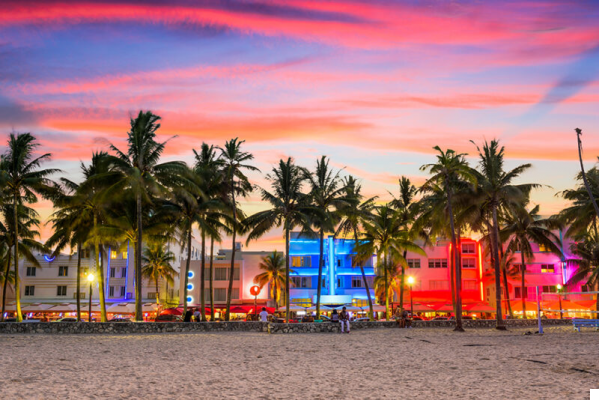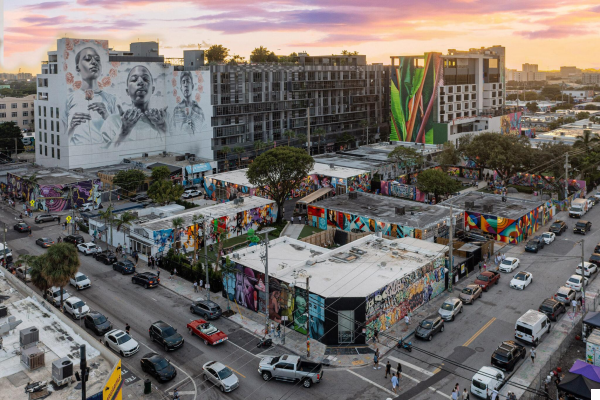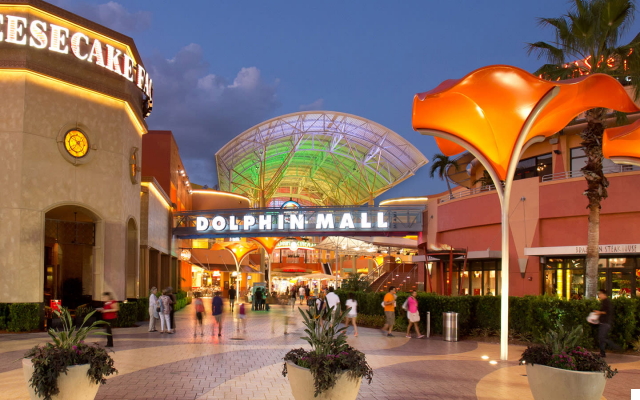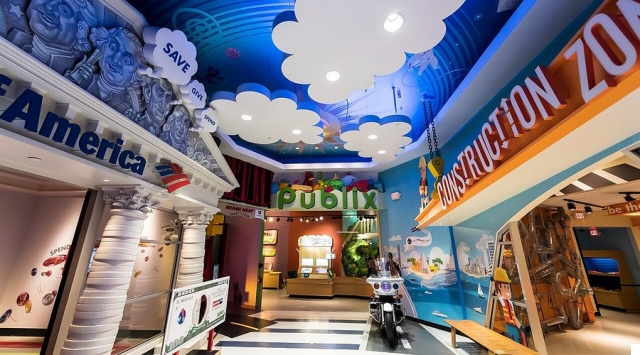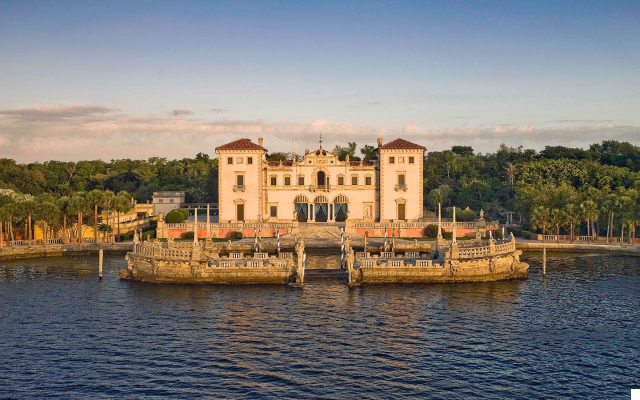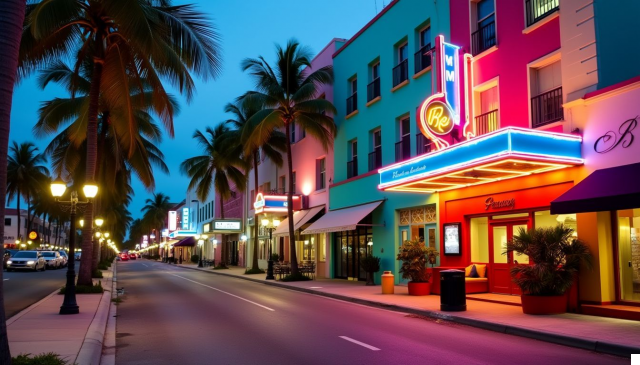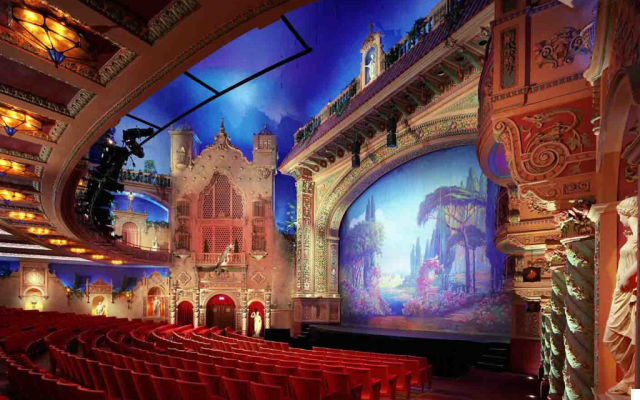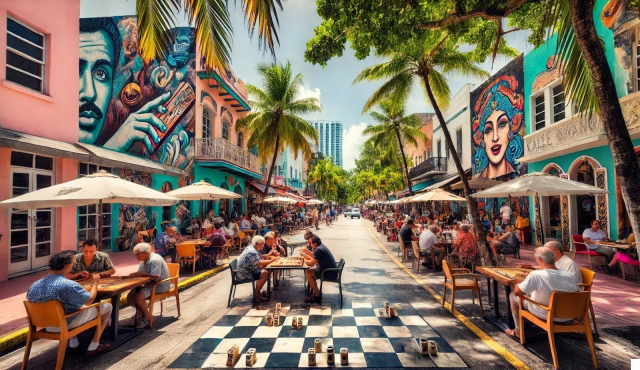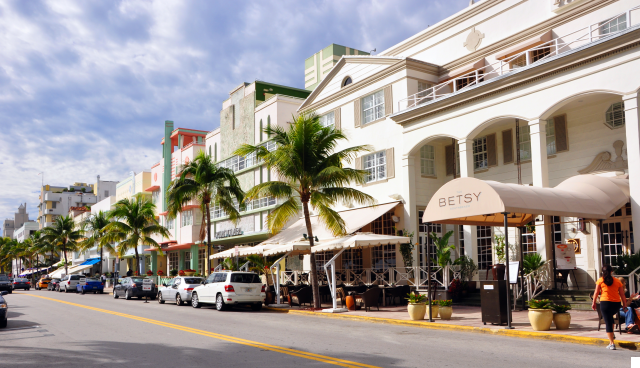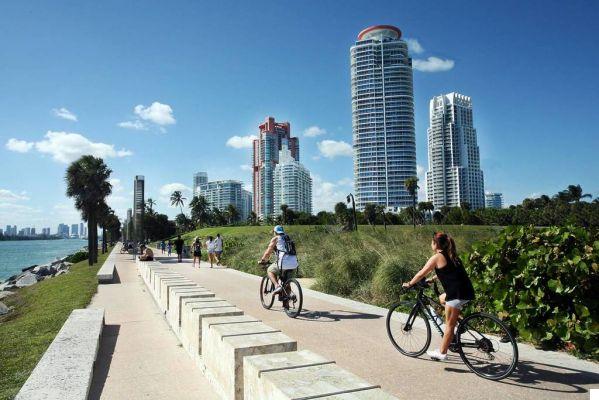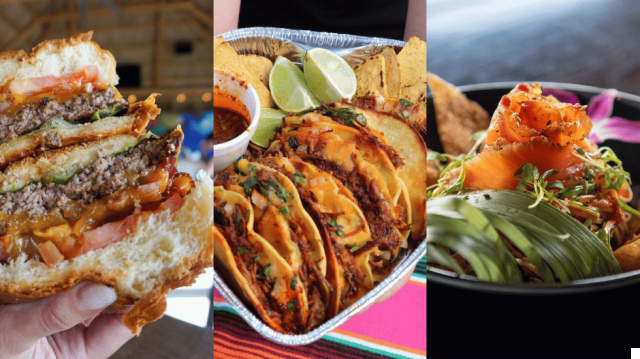
Where to Find Authentic Latin Food in Miami
Latin food is a vibrant and integral part of Miami's culinary scene. From traditional dishes to modern interpretations, the city offers a wide range of options for those seeking an authentic Latin dining experience. In this article, we will delve into the history, current trends, and future prospects of finding authentic Latin food in Miami.
Conclusions
Miami is a city known for its diverse and rich Latin food culture. From Cuban to Peruvian, Puerto Rican to Argentinean, the city offers a plethora of options for those seeking an authentic Latin dining experience. With a vibrant mix of traditional and modern interpretations, Miami's Latin food scene caters to all tastes and preferences. Whether you're a local or a visitor, you can easily find a restaurant or food truck that will satisfy your cravings for Latin flavors.
Latin food in Miami has a long and storied history, with influences from various Latin American countries. The city's proximity to Latin America has allowed for a seamless exchange of culinary traditions, resulting in a unique fusion of flavors. Over the years, Miami has become a melting pot of Latin cuisines, offering a diverse range of dishes that reflect the region's cultural diversity.
When it comes to finding authentic Latin food in Miami, there are several neighborhoods that stand out. Little Havana, for example, is known for its Cuban cuisine, with iconic restaurants serving classics like Cuban sandwiches and picadillo. The neighborhood of Hialeah is another hotspot for Latin food, particularly for its authentic Puerto Rican and Dominican eateries. Additionally, areas like Wynwood and Brickell offer a more modern take on Latin cuisine, with trendy restaurants and fusion concepts.
While Miami's Latin food scene is thriving, it is important to note that the COVID-19 pandemic has had a significant impact on the industry. Many restaurants have had to adapt to new safety protocols and restrictions, leading to changes in operations and dining experiences. However, the resilience of Miami's culinary community has allowed for the continued availability of authentic Latin food, whether through takeout, delivery, or limited indoor dining.
Historical Context and Evolution
The history of Latin food in Miami dates back to the early 20th century when waves of immigrants from Latin American countries began to settle in the city. Cuban immigrants, in particular, played a significant role in shaping Miami's culinary landscape. Their arrival brought traditional Cuban dishes like ropa vieja, lechon asado, and pastelitos to the city, establishing a strong foundation for the Latin food scene.
As Miami's Latin population grew, so did the diversity of Latin cuisines available. Immigrants from countries such as Colombia, Venezuela, and Argentina introduced their own culinary traditions, adding new flavors and dishes to the mix. This cultural exchange resulted in a vibrant and dynamic food scene that continues to evolve to this day.
In recent years, Miami has witnessed a culinary renaissance, with Latin chefs and restaurateurs gaining recognition for their innovative approaches to traditional dishes. This fusion of traditional and modern techniques has led to the emergence of new culinary trends, such as the use of local and sustainable ingredients, creative plating, and the incorporation of global influences.
Analytical Insights
To gain a deeper understanding of the Latin food scene in Miami, let's take a look at some key insights and trends:
| Latin Cuisine | Popular Dishes | Trending Concepts |
|---|---|---|
| Cuban | Cuban sandwich, picadillo, ropa vieja | Fusion Cuban cuisine, farm-to-table concepts |
| Peruvian | Ceviche, lomo saltado, causa | Nikkei cuisine (Peruvian-Japanese fusion), seafood-focused restaurants |
| Puerto Rican | Mofongo, arroz con gandules, lechon | Modern Puerto Rican cuisine, food trucks |
| Argentinean | Empanadas, asado, chimichurri | Steakhouses, wine bars |
These insights highlight the diversity within the Latin food scene in Miami, with each cuisine offering its own unique flavors and specialties. Additionally, the emergence of fusion concepts and the focus on sustainable and locally sourced ingredients demonstrate the evolving nature of Latin cuisine in the city.
Future Outlook
The future of finding authentic Latin food in Miami looks promising. As the city continues to attract a diverse range of residents and visitors, the demand for Latin cuisine is expected to grow. This presents opportunities for both established and up-and-coming chefs to showcase their culinary skills and creativity.
Furthermore, the integration of technology and social media has played a significant role in promoting and expanding the reach of Latin food in Miami. Online platforms and food delivery services have made it easier for people to discover and enjoy authentic Latin dishes from the comfort of their homes. This trend is likely to continue, with virtual dining experiences and digital marketing becoming increasingly prevalent.
In conclusion, Miami's Latin food scene is a vibrant and ever-evolving tapestry of flavors and traditions. From the historical influences of Cuban immigrants to the modern fusion concepts, the city offers a diverse range of options for those seeking an authentic Latin dining experience. As Miami continues to grow and change, so too will its culinary landscape, ensuring that finding authentic Latin food remains an exciting and delicious adventure.






